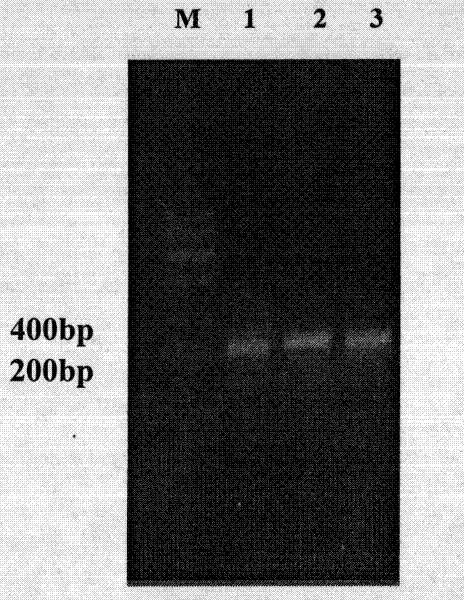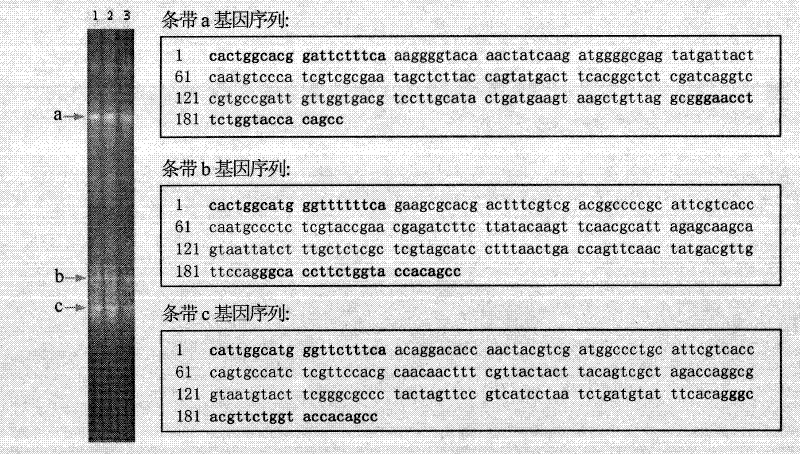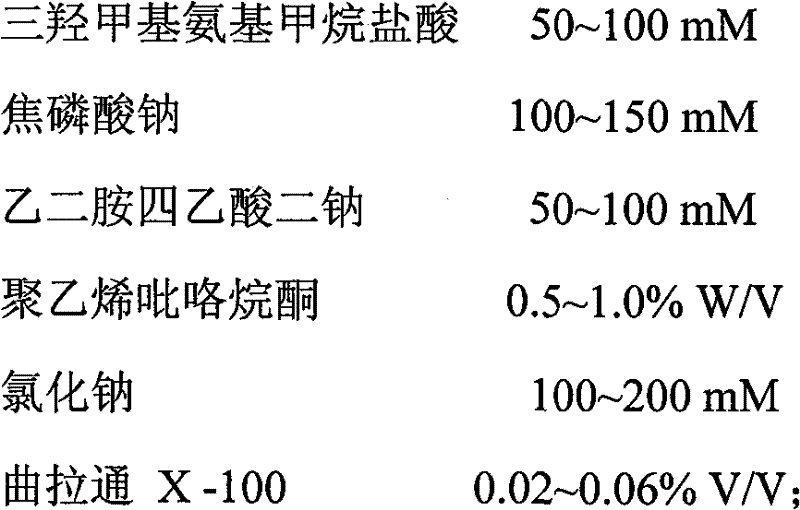Analytical method for bioenzyme gene diversity in compost
An analytical method and biological enzyme technology, applied in the directions of biochemical equipment and methods, microbial determination/inspection, analytical materials, etc. Research and other issues to achieve the effect of improving work efficiency, saving experimental costs and low cost
- Summary
- Abstract
- Description
- Claims
- Application Information
AI Technical Summary
Problems solved by technology
Method used
Image
Examples
Embodiment
[0049] The compost sample to be analyzed by the analysis method of this embodiment is taken from a 20L experimental-scale composting device. The compost materials mainly include 1.074kg of rice straw, 0.9kg of vegetable leaves, 0.216kg of leaves, 0.24kg of bran and 0.721kg of soil. 3 cm below the compost surface, three samples were taken in total (numbered 1, 2, 3 respectively), each sample was 1 g, and the sampling time was 12 days after composting treatment (for compost maturity period samples), the temperature was 38 °C, and the pH value was 8.32, the water content is 58%, and the organic matter content is 20.3%. Among them, the pH value is measured by the glass electrode method, the moisture content is measured by repeated baking at 105°C until constant weight is measured, and the organic matter content is measured by the potassium dichromate method.
[0050] Adopt analysis method of the present invention to carry out the analysis of laccase gene diversity in compost to ab...
PUM
 Login to View More
Login to View More Abstract
Description
Claims
Application Information
 Login to View More
Login to View More - R&D
- Intellectual Property
- Life Sciences
- Materials
- Tech Scout
- Unparalleled Data Quality
- Higher Quality Content
- 60% Fewer Hallucinations
Browse by: Latest US Patents, China's latest patents, Technical Efficacy Thesaurus, Application Domain, Technology Topic, Popular Technical Reports.
© 2025 PatSnap. All rights reserved.Legal|Privacy policy|Modern Slavery Act Transparency Statement|Sitemap|About US| Contact US: help@patsnap.com



